Local stories that mattered in 2022
Advertisement
Read this article for free:
or
Already have an account? Log in here »
To continue reading, please subscribe:
Monthly Digital Subscription
$0 for the first 4 weeks*
- Enjoy unlimited reading on winnipegfreepress.com
- Read the E-Edition, our digital replica newspaper
- Access News Break, our award-winning app
- Play interactive puzzles
*No charge for 4 weeks then price increases to the regular rate of $19.00 plus GST every four weeks. Offer available to new and qualified returning subscribers only. Cancel any time.
Monthly Digital Subscription
$4.75/week*
- Enjoy unlimited reading on winnipegfreepress.com
- Read the E-Edition, our digital replica newspaper
- Access News Break, our award-winning app
- Play interactive puzzles
*Billed as $19 plus GST every four weeks. Cancel any time.
To continue reading, please subscribe:
Add Free Press access to your Brandon Sun subscription for only an additional
$1 for the first 4 weeks*
*Your next subscription payment will increase by $1.00 and you will be charged $16.99 plus GST for four weeks. After four weeks, your payment will increase to $23.99 plus GST every four weeks.
Read unlimited articles for free today:
or
Already have an account? Log in here »
Hey there, time traveller!
This article was published 30/12/2022 (1073 days ago), so information in it may no longer be current.
The end of pandemic restrictions. A health-care system in crisis. Record crime. The tragic loss of too many lives.
The year 2022 won’t be remembered as an easy one in Manitoba, but the events of the last 12 months were significant and historic.
While the pandemic dominated the news in 2020 and 2021, life suddenly returned to “normal” early in 2022, when all COVID-19 restrictions were lifted in the province, across Canada and around the world. Travel took off, businesses reopened and social gatherings returned.
But COVID and its effects did not go away as demonstrated by some of the stories that commanded our attention this year.
Here, Free Press reporters share local news stories that mattered in 2022.
Health-care crisis
Just when Manitobans thought the province’s health-care system couldn’t get any worse, along came 2022. It was a year in which emergency room wait times soared to new highs and a severe shortage of doctors and nurses undermined patient care in hospitals.
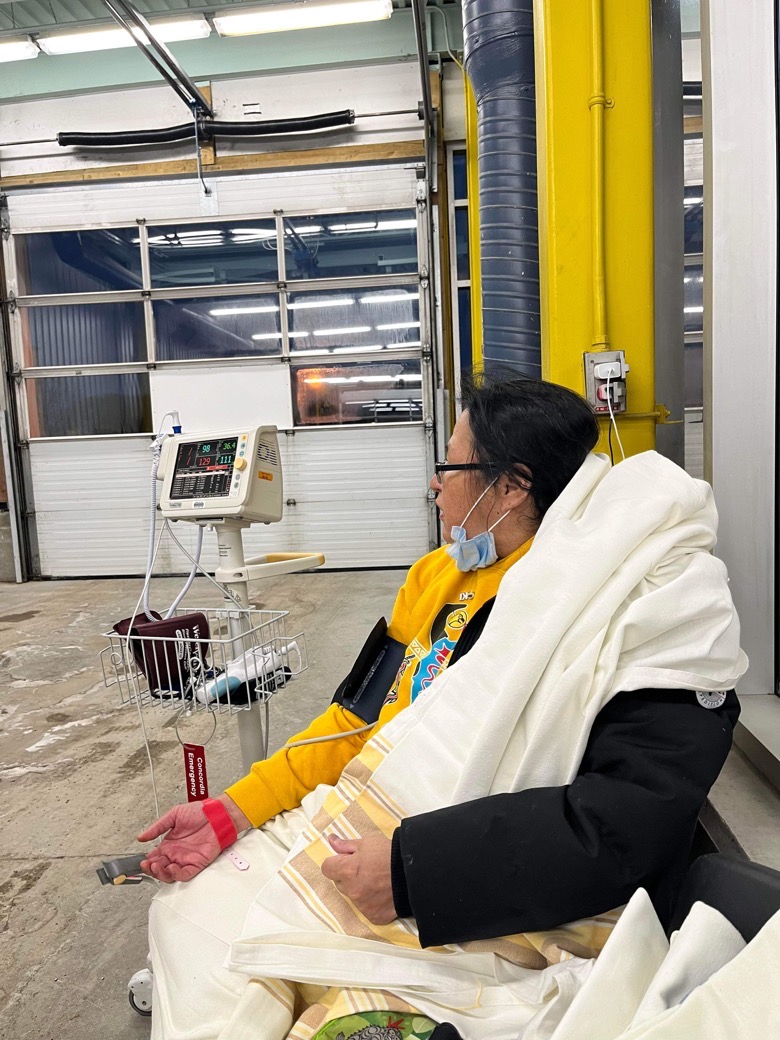
“Every single physician I work with at (St. Boniface Hospital’s emergency department) tells me it’s the worst they’ve seen things in their entire careers,” ER physician Kristjan Thompson said in October. “Our hospital wards are full and, as a result, our ERs are packed with admitted patients waiting for a spot upstairs.”
Median ER wait times at Winnipeg hospitals grew steadily throughout 2022 and peaked at just over three hours in September. It was the longest median wait time recorded by the Winnipeg Regional Health Authority since at least 2014. Many waited far longer than that. The 90th-percentile ER wait time (the longest wait for nine out of 10 patients) hit 8.4 hours in September, double what it was for the same month in 2020. Manitoba’s largest hospital, Health Sciences Centre, was the hardest hit in 2022, with 90th-percentile wait times reaching almost 12 hours in October.
Hospital officials said the growth in wait times was due largely to severe staffing shortages — mostly in nursing positions — not only in ERs, but also on medical wards. The nursing shortage at HSC was so severe over the summer that the hospital had to close about half of its ER beds on Aug. 19, leaving spots for only the most critically ill patients. Prior to the COVID-19 pandemic, about 12 of HSC’s 69 ER beds were occupied by admitted patients on a regular basis. That number tripled in 2022.
“It’s no longer a dozen. We’re often seeing 30 and 40 at a time,” Dr. Shawn Young, HSC chief operating officer, said in September. “It’s gotten really bad, starting back in February of this year, and it never actually returned to normal.”
Children’s Hospital was particularly hard-hit by overcrowding. The congestion was driven largely by a spike in respiratory illnesses as kids returned to school in the fall. The number of visits to the hospital hit record highs in November, and peaked at 201 on Nov. 13.
Meanwhile, the doctor shortage in Manitoba reached an all-time high in 2022. The province has among the lowest per capita complement of doctors in Canada. The shortage reached 405 physicians in 2022 (the number of additional doctors required to bring Manitoba up to the national average).
The Stefanson government responded in November to the staffing crisis by announcing a $200-million plan to retain, train and recruit 2,000 health-care professionals. The plan includes premiums for nurses willing to work weekends, as well as other incentives to attract nurses back to the public system from private agencies, or from retirement.
— Tom Brodbeck
COVID restrictions end
March 2022 marked the end of all COVID-19 public-health orders in Manitoba.
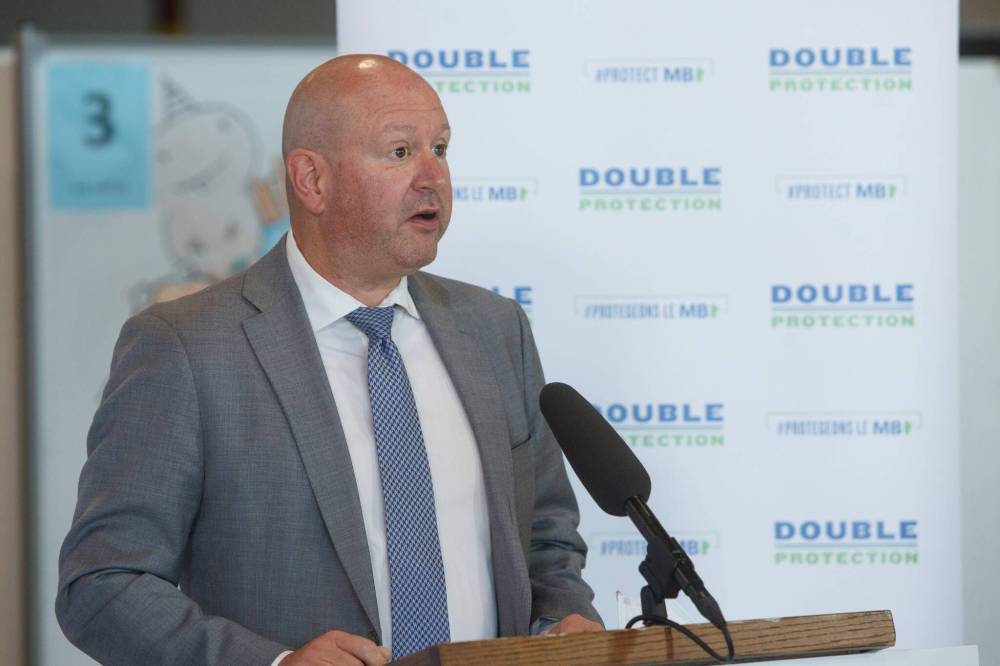
As the Omicron wave passed its peak and anti-restriction protests continued to honk on the legislature grounds and at the border with North Dakota, Manitoba’s leaders signalled a need to get back to normal — at least, they often said, a “new normal.”
Almost exactly two years after the province declared a state of emergency in response to the pandemic, the government lifted all remaining restrictions: no more mask mandates, self-isolation requirements, gathering limits, capacity restrictions or proof-of-vaccine cards.
“Manitobans have put their lives on hold, and it’s time that we give them their lives back,” Premier Heather Stefanson said during an in-person news conference at the Legislative Building on Feb. 11, when she announced the restrictions would be loosened first and then eliminated a month later.
“Today, we offer hope to those who have been waiting for a long time to see that light at the end of the tunnel.”
The end of all federal travel requirements for COVID-19 arrived seven months later, on Oct. 1.
The pandemic was (and is) not over, but for the first time in two years, there were no public-health rules. Hospitalizations and intensive-care admissions in Manitoba and in other provinces appeared to be declining, but the hospitals remained full, at capacity levels much higher than they were pre-pandemic.
Although chief provincial public health officer Dr. Brent Roussin said the lifting of restrictions was meant to be incremental, the province faced criticism for removing the rules “cold turkey,” with yet another wave of the pandemic possibly on the horizon. For others, the restrictions couldn’t be lifted quickly enough — and the premier repeatedly faced questions about whether anti-mask, anti-public-health protests in Manitoba and across the country contributed to the timing of the announcement. It didn’t, Stefanson said.
The premier, Roussin, and Health Minister Audrey Gordon all publicly stated restrictions could be reinstated if necessary, but that hasn’t happened.
The removal of COVID-19 restrictions in the spring meant individuals had to assess their respiratory virus risk.
— Katie May
Record crime
This year was the deadliest on record, with more people slain in Winnipeg than in previous years. As of late December, 51 people had become homicide victims.
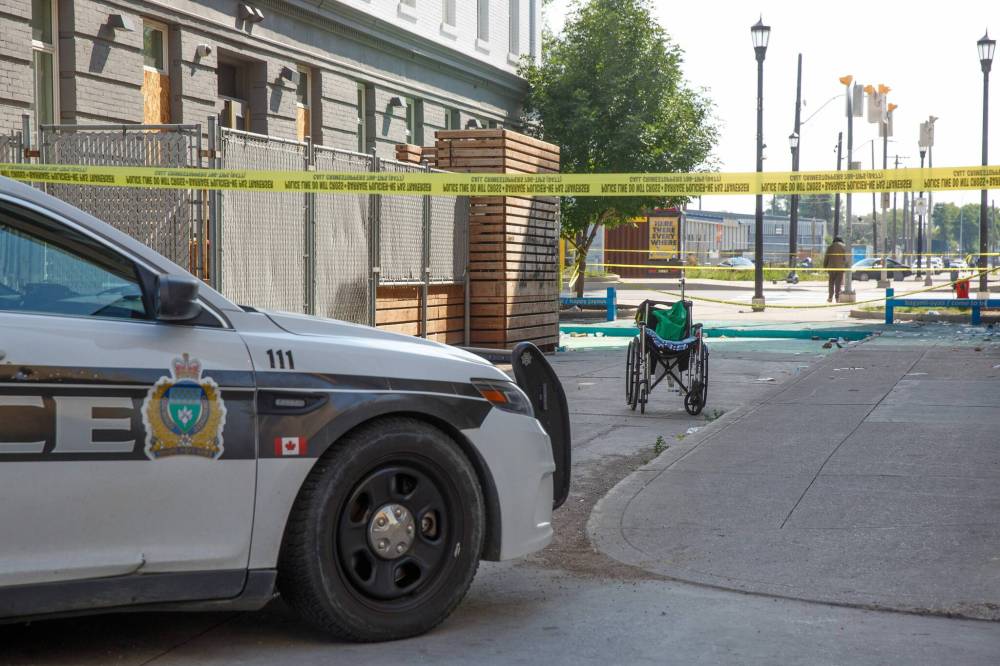
The latest, former high school football star Tyree Cayer, 28, died after he was stabbed inside the Millennium Library Dec. 11. He had fallen on hard times and had been experiencing homelessness. Four teens have been charged in his slaying.
The previous high of 44 homicides was recorded in 2019, just days before New Year’s Eve. The 45th slaying of 2022 came on Nov. 5, when Tristan James Raynard Asham, 21, was shot in the Exchange District. He was rushed to hospital, where he died of his injuries.
The escalating number of homicides coincided with escalating violence, in general. Shortly after Asham was slain, a Winnipeg Police Service spokesman noted the inflated rate is a reflection of that trend.
Longtime community activist Sel Burrows agreed with that assessment.
“The murder rate is strictly a symbol, it’s the canary in the coal mine, it tells you how much worse all the other violent crime is,” he said at the time.
Meanwhile, University of Manitoba criminologist Frank Cormier has cautioned against reading too deeply into the increase in numbers.
Cormier has said ongoing effects of the COVID-19 pandemic — increased social isolation, reduced income, job loss and generalized trauma — are tied to increased feelings of fear, anger and desperation that are, in turn, connected to increasing drug and alcohol abuse.
He also noted increased gang violence and the use of firearms — which are far deadlier than other weapons — also play a role.
Criminologists also point to child poverty, colonialism, cost of living, lack of access to affordable housing and substance-abuse services and lack of access to community supports and health care as among the drivers of crime.
In the summer, a spate of violence at The Forks sparked widespread concern about violence in the city.
At the time, Winnipeg police Chief Danny Smyth said there was a five per cent increase in violence crime in 2021, compared with 2020, driven by a rise in assaults, notably with weapons.
He cited many of the same social factors and pressures Cormier did in explaining the increase.
The full extent of violent crime this year won’t be revealed until police release the next annual statistical report midway through 2023.
— Erik Pindera
Alleged serial killer charged
When Winnipeg police arrested a man in the spring accused in a grisly slaying, they said there was a possibility of more victims — but the full extent of his alleged criminal behaviour wasn’t revealed until he was charged with three additional counts of first-degree murder in December.
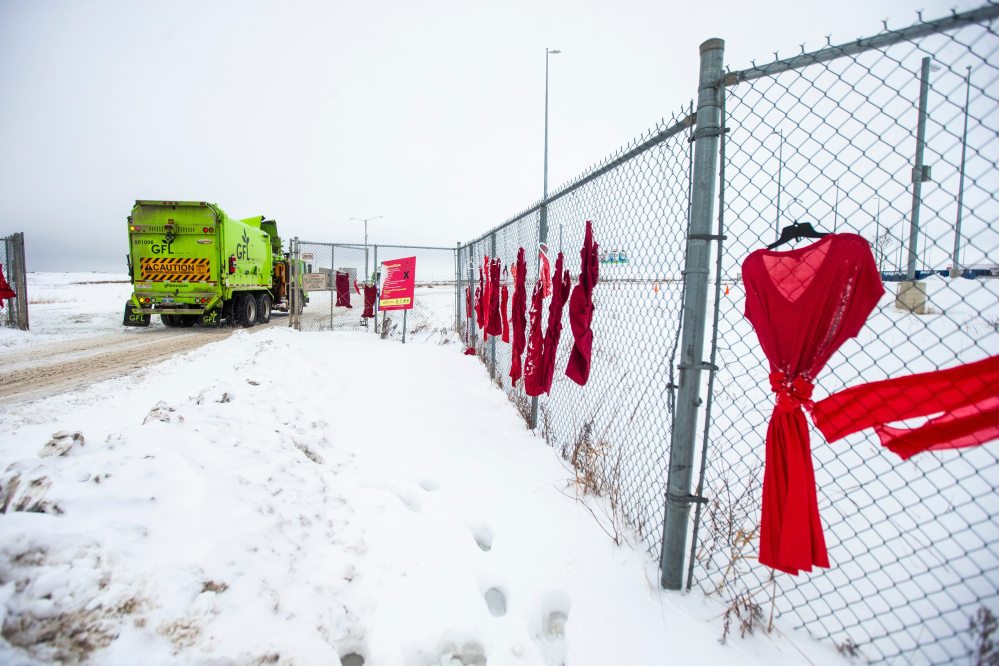
Jeremy Anthony Michael Skibicki, 35, was first charged in the slaying of 24-year-old Rebecca Contois in mid-May, after parts of her body were found in a garbage bin near his North Kildonan rental suite. The rest of her body was recovered from the Brady Road landfill in June.
The band member of Crane River First Nation was allegedly his fourth victim, the Winnipeg Police Service revealed in early December.
The first was an unidentified woman, named Mashkode Bizhiki’ikwe (Buffalo Woman) by Indigenous elders, who police believe was killed around March 15, followed by Morgan Beatrice Harris, 39, around May 1, and Marcedes Myran, 26, around May 4. Both Harris and Myran were members of Long Plain First Nation.
Police have not found the bodies of the other women, which set has set off widespread anger and protest.
On Dec. 6, days after announcing further charges against Skibicki, Winnipeg Police Service Chief Danny Smyth and the inspector of forensics told reporters Myran and Harris’s bodies were thought to be in the same truckload of collected waste disposed of May 16 at Prairie Green Landfill north of the city. Homicide investigators learned human remains were likely dumped at the site north of the city 34 days later.
Police do not have a definitive idea of where Buffalo Woman’s remains may have been disposed.
After examining the potential for a search, Smyth said police had determined it would not be feasible, given the passage of time, safety concerns and overwhelming amount of material deposited at the site, including 1,500 tonnes of animal remains and 250 tonnes of asbestos.
Two of Harris’s daughters, Cambria and Kera Harris, called for Smyth to resign, as did Manitoba First Nations leaders.
Tension has somewhat tempered, with police participating in an Indigenous-led study to examine whether a recovery effort at the Prairie Green site could be completed, with the assistance of forensic anthropology. At the behest of the city and province, operations at the privately owned dump have paused.
However, some activists and victim family members are calling for the Brady Road landfill to be shuttered as part of a wider search for Indigenous homicide victims.
Skibicki intends to plead not guilty, his lawyer has said. No trial date has been set.
— Erik Pindera
Civic election
The contest to become Winnipeg mayor attracted 11 candidates and saw a frontrunner’s sizable early lead collapse, before ending with a nail-bitingly close vote.
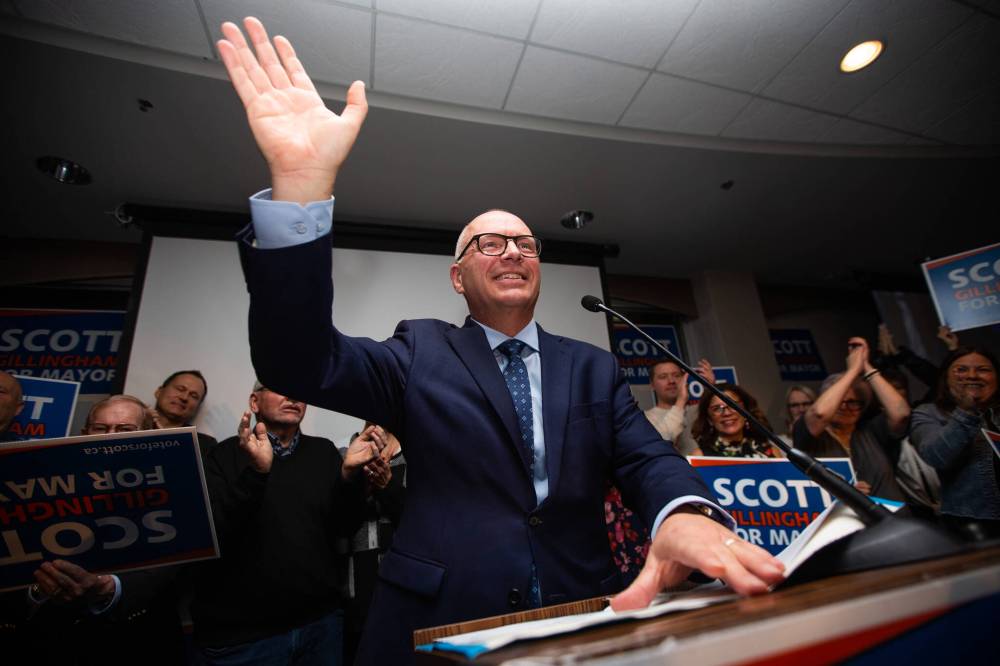
The crowded field of candidates hoping to replace Mayor Brian Bowman, who did not seek re-election, sparked plenty of headlines. The group included 2018 mayoral runner-up Jenny Motkaluk, past Winnipeg mayor Glen Murray, two-term city councillor Scott Gillingham, rookie councillor Kevin Klein, social enterprise leader Shaun Loney, former member of Parliament Robert-Falcon Ouellette and former Manitoba Liberal leader Rana Bokhari, among others.
The contest did not turn out as Winnipeggers might have expected.
After entering the race in June, Murray — who was mayor from 1998 to 2004 — enjoyed a strong lead in early polls. Probe Research polls found he had 44 per cent support among decided voters in July, which dipped slightly to 40 per cent in September.
However, his popularity among voters suffered a significant drop shortly after; in late September, CBC Manitoba reported on allegations linked to Murray’s time in leadership at the Pembina Institute, a Calgary-based clean-energy think tank. Some former staff claimed Murray was forced out of his role due to complaints about his “chaotic” management and behaviour. One staff member also accused Murray of sexual harassment at a social event.
Murray, who was the organization’s executive director for just over a year in 2017-18, denied the harassment allegations, while acknowledging it was a time of change in his personal life and that it was “clear that I allowed that pressure to spill over into my work life.”
An internal poll commissioned for Gillingham’s campaign, which was conducted after the allegations against Murray were published, found Murray’s support among decided voters had dropped to 28 per cent, as Gillingham’s rose to 19 per cent.
Near the end of the campaign, Murray also announced several new taxes and fees, which some suggested was a reversal of his previous promises. On Oct. 19, he promised to freeze property taxes, telling reporters “we will not increase taxes.” Two days later, he unveiled a plan to raise $32.2 million in 2023 through a one percentage point business-tax hike, a 25-cent per stall commercial parking lot fee, a 10 per cent tax on short-term rental units and some form of development fee.
Meanwhile, Loney also attracted some buzz through an extensive campaign platform, which included a promise to reduce police dispatches to emergency calls. He said one effort to achieve that would be through employment programs that provide jobs to those who have committed crimes.
Kevin Klein drew attention with several pledges to combat crime and revamp governance.
Near the end of the campaign, political experts deemed the race too close to call.
Gillingham edged just past Murray, scoring about two per cent more of the vote on election night for a narrow win. Klein claimed third place, while Loney wound up in fourth.
The vast majority of councillors who opted to run for re-election in their wards reclaimed their seats, with the exception of incumbent Transcona candidate Shawn Nason, who was beaten by former long-time Transcona councillor Russ Wyatt. Former city councillor Shawn Dobson also returned to council, winning the St. James seat that Gillingham vacated to run for mayor.
The only true rookie to join city council in 2022 is Evan Duncan, who was elected in Charleswood-Tuxedo-Westwood, the seat Klein held before launching his mayoral bid.
— Joyanne Pursaga
Labour shortage
This year was a job-seeker’s market.
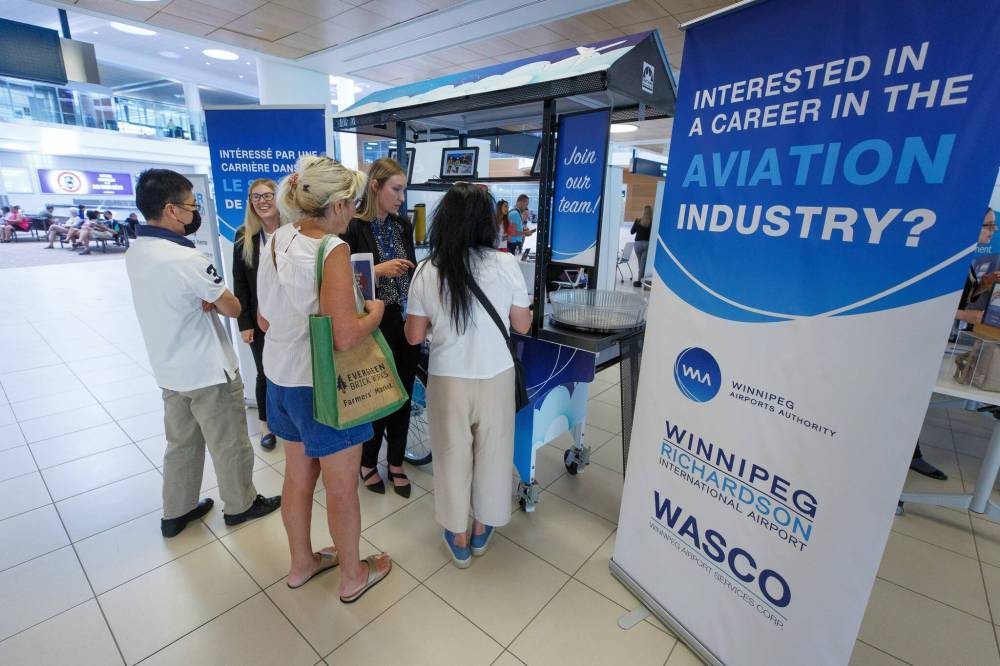
Businesses and governments grappled to fill positions as Manitoba’s unemployment rate hit historic lows.
Job fairs became a trend: the Winnipeg Airports Authority and the hospitality industry held first-ever events of the kind, with booth space selling out in days.
The hospitality sector was starved for workers. Many businesses had laid off staff amid the pandemic’s lockdown cycles, and employees had moved on or retired.
Promenade Cafe and Wine cited chronic understaffing as a reason for closing its doors in the summer. Helios Restaurant & Catering hasn’t restarted its dine-in service, in part, because of the labour shortage.
It became common to see restaurants close early or open late. Hotels warned customers regular service was unattainable — not enough staff for daily cleanings.
The Manitoba Hotel Association launched an advertising campaign in June with the hope of drawing in resumés.
Signing bonuses and work-from-home flexibility were among the things employers offered. Canadian Pacific Railway touted a $10,000 signing bonus for qualified train conductors in the spring.
Provincial and federal governments funnelled money into struggling industries and skill-raising programs.
The province spent $12.5 million on Retrain Manitoba, a program granting up to $2,500 per employee for businesses that invest in training. The application deadline was March 31. Funds ran dry in early February after more than 1,300 organizations applied.
Later, the Canada-Manitoba Job Grant opened, which allowed up to $10,000 per employee for training. The province said more than $8 million was distributed.
In July, the feds announced more than $3.8 million for Workplace Education Manitoba to hire and train instructors who’d then help Manitobans boost their employable skills.
Meantime, the unemployment rate kept dropping. July presented a new low for Manitoba — 3.5 per cent. It has increased since, to 4.4 per cent in November.
The rate typically hovered between five and six per cent before COVID-19.
Many factors contribute to the gaping holes in the workforce. For one, immigration all but stopped during the first years of the pandemic. The province has reported 88 per cent of Manitoba’s labour force growth resulted from immigration from 2015 to 2020.
Canada’s aging population is another factor. Some Canadians chose to retire early during the stressful pandemic era; baby boomers started turning 65 in 2011. While Manitoba’s age 65-and-older crowd increased (by 1.5 per cent) from 2016 through 2021, its 15- to 64-year-old population dropped 1.3 per cent.
Employers say the option of remote work has affected hiring.
Approximately 70 per cent of Winnipeg businesses said recruiting and retaining staff was more difficult at the end of 2022 than a year earlier, a Canadian Chamber of Commerce survey found.
— Gabrielle Piché
Border deaths
In a blinding blizzard on one of the coldest nights of winter, 11 migrants from India set off on a perilous night-time trek through snowy fields near Emerson in pursuit of the so-called American dream.
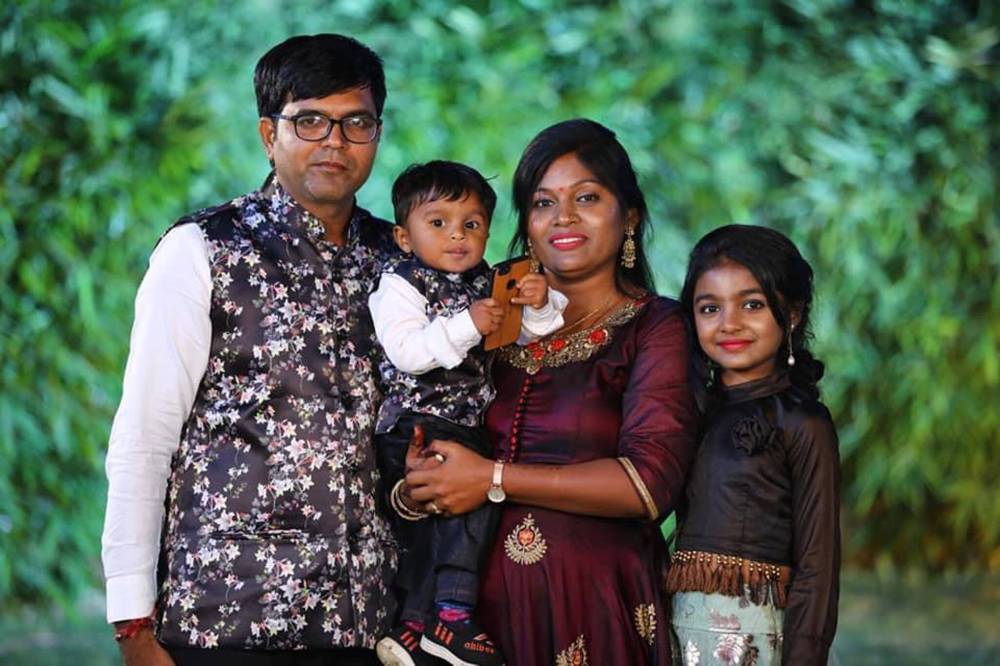
RCMP officers would later find the frozen bodies of a family of four just steps from the U.S. border on the afternoon of Jan. 19, a few hours after the rest of the group was discovered alive in nearby St. Vincent, Minn.
Jagdishkumar Patel, 39, his wife Vaishaliben Patel, 37, their 11-year-old daughter, Vihangi and their three-year-old son Dharmik had travelled 11,000 kilometres from Dingucha, a village in the Indian state of Gujarat.
“It is an absolute and heartbreaking tragedy,” since-retired assistant commissioner Jane MacLatchy, then the commander of the RCMP in Manitoba, said at a Jan. 20 news conference.
Investigators believe the family had been victims of a larger human-smuggling network, with at least three crossings taking place in the same area in the preceding weeks.
On the night of Jan. 18, the Patels and seven others were dropped off in a sparsely populated area, about 10 kilometres east of Emerson, to attempt a crossing on foot while the temperature plunged to -35 C and visibility was near zero.
Police said the migrants expected to be picked up just over the border in Minnesota after trudging through deep snow and drifts in darkness.
The Patels, however, became separated and died of exposure in the unfamiliar and unforgiving landscape, while the others pressed on.
U.S. court documents allege two Indian nationals were found in a 15-passenger van with driver Steve Shand, who is charged with human smuggling. Shortly afterward, five other Indian nationals were found a discovered walking toward the van.
One of the men told U.S. border officers a family had become separated from the larger group overnight. He was carrying a backpack that contained children’s clothes, toys, medication and a diaper, for the Patels.
Another man told officers he bought a fake student visa to enter Canada and was on his way to meet family in Chicago.
After learning of the missing family, a search by authorities on both sides of the border led to the discovery of their bodies in a field just metres from the border.
The seven survivors, also from Gujarat, were placed in deportation proceedings in the U.S.
Mystery still surrounds the case almost a year later. RCMP are trying to figure out how the Patels travelled from the Toronto area, after arriving from India via Dubai, to farmland in southern Manitoba. No one has been charged in Canada.
Shand’s trial is scheduled to begin in Fergus Falls, Minn., on April 17.
Recent court documents say proceedings have been interrupted because Shand, who is from Deltona, Fla., and his home were affected by hurricane Ian, which made landfall as a Category 4 storm in late September.
— Chris Kitching
Food bank need rising
In 2022, many Winnipeggers walked into a food bank for the first time.
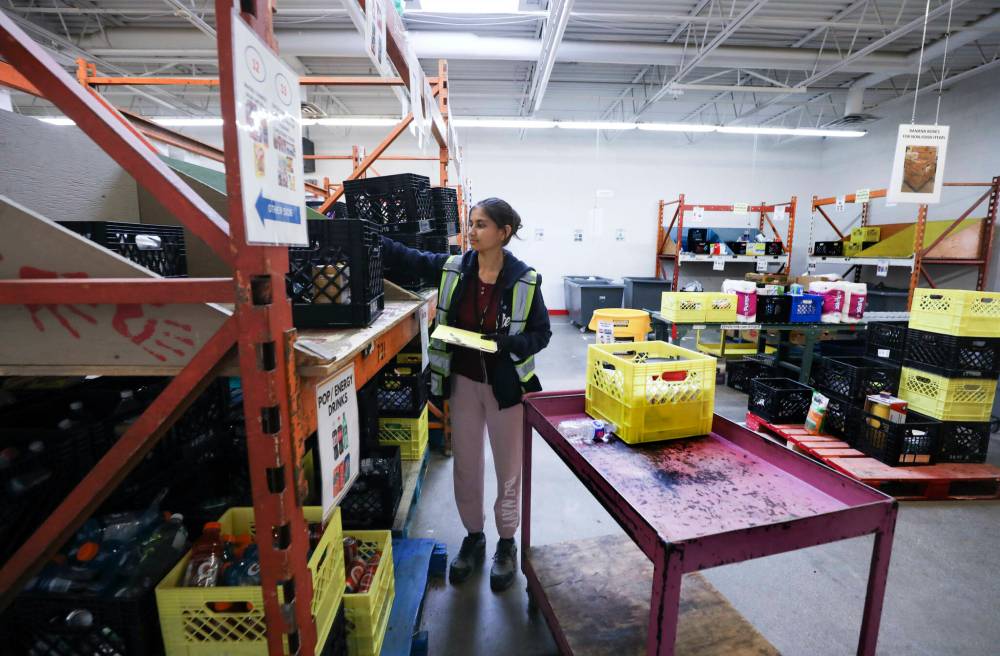
Met with skyrocketing inflation as they emerged from the pandemic, many people found themselves in a bind, but few were affected to the extent as those using the city’s many food banks and charitable services. As the cost of living rose over the past year, hitting 11.4 per cent nationwide, more residents found themselves needing help feeding themselves and their families. At the same time, donors had to tighten their own belts.
A report released by Harvest Manitoba shows it feeds 90,000 people every month — 10,000 more than just a year ago. Food bank use in the city has doubled since 2019.
The face of the average food bank user has also changed in a short amount of time. Harvest is now seeing more children than it ever has before, 15,000 every month. One of every four people visiting Winnipeg food banks has a job — a 50 per cent increase compared to last year — and nearly half of those people work full time.
“It’s alarming, and it’s somewhat surprising to just continuously see these numbers rise,” said Meaghan Erbus, who worked on the Harvest Manitoba report. “We’ve been so lucky to have the support of the community to be able to do our job and continue to do our job, even with this influx of folks. But we know that food banks can only offer so much in terms of food support.”
Charitable services across the city have been forced to get creative. In July, Lighthouse Mission manager Peter McMullen said the charity had to buy its own bread to make the hundreds of sandwiches it distributes daily, which could add $20,000 to its costs by the end of the year.
“People are coming in, and they’re very desperate,” he said. “They’ll say, ‘Thank you so much for your help; if I wasn’t able to get a hamper today, I would have had to look at other options.’ And some people have gone as far to say they would have had to look at stealing food.”
Those dealing with food insecurity have been forced to improvise, too. That can mean forgoing meat and dairy products for cheaper, less-healthy options, living off bare essentials only, or — in the case of one in four people surveyed by Harvest — going hungry multiple times a week to save money.
In Manitoba, one in six people lives in a food-insecure household.
— Malak Abas
Legislature occupation
The first tractor-trailer cabs arrived quietly and in the dark of a cold February night with their massive flags — one with a Maple Leaf and the other with the Stars and Stripes — billowing in the wind on Broadway.
But at daybreak on Feb. 4, protesters with the self-styled “freedom convoy” leaned into their horns, sending reverberations across downtown Winnipeg.
Protester Christopher Siemens arrived at the demonstration in a rig hauling bales of straw painted with the message: “My rights don’t end where your fear begins.”
“We need all mandates lifted,” Siemens told the Free Press on the first day of the demonstration.
The protest against COVID-19 public-health restrictions and vaccination mandates occupied Memorial Boulevard and parts of Broadway outside the Manitoba Legislative Building for three weeks and attracted hundreds of people and dozens of big rigs, campers and farm equipment.
On most days the occupation, which coincided with events in Ottawa, was peaceful. Protesters sporting red and white gear, carrying Canadian flags and often carrying a coffee cup would wave to passing drivers.
Supporters would drive their vehicles in a loop from Osborne Street to Edmonton Street, with traffic volumes increasing significantly during the evening. During the day, there were regular horn blasts as fires burned in pits on Memorial, kids played street hockey and protesters served food from a make-shift kitchen.
On other days, the occupation was the site of violence and conflict. Protesters claimed they had been spat on; downtown residents, business owners, workers and members of the media reported being harassed. On Feb. 4 four protesters were struck by a Jeep that accelerated through the crowd on Broadway; a 42-year-old man was charged.
Ultimately, most of the protesters cleared the streets by Feb. 23 after getting an ultimatum from police and after the Manitoba government announced all COVID-19 public-health measures would be lifted by March 15.
The grounds of the legislature were home to two Indigenous-led occupations in 2022: one protest camp on the east lawn maintained a sacred fire for children who did not return home from Indian Residential Schools, and the other, on the north lawn, demanded sovereignty for its participants.
The camps were dismantled by law enforcement in October.
— Danielle Da Silva
fpcity@freepress.mb.ca



